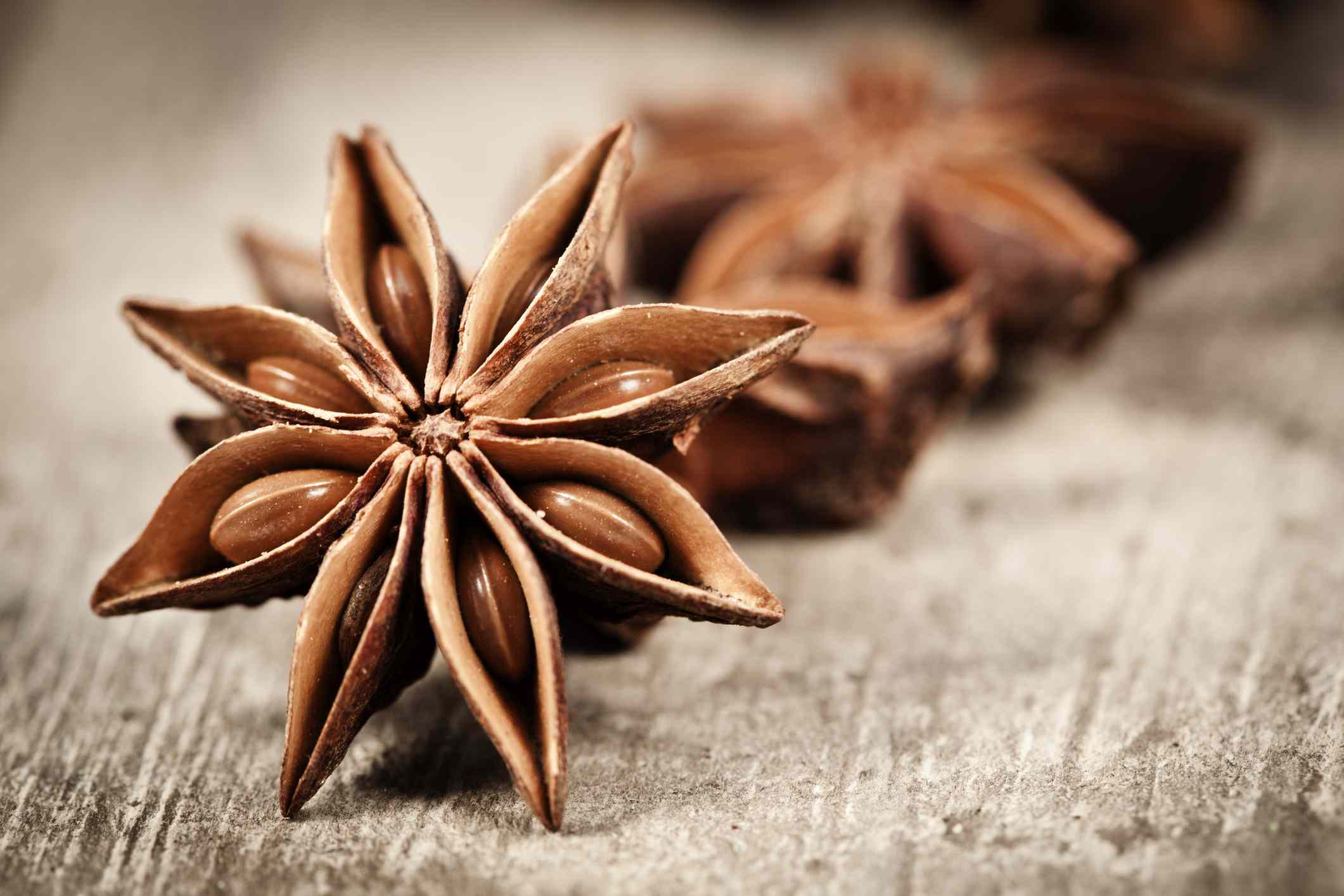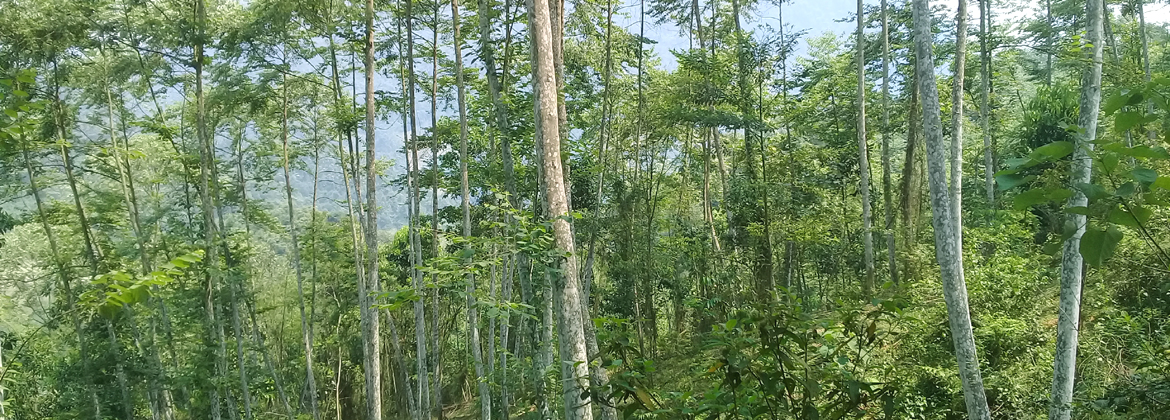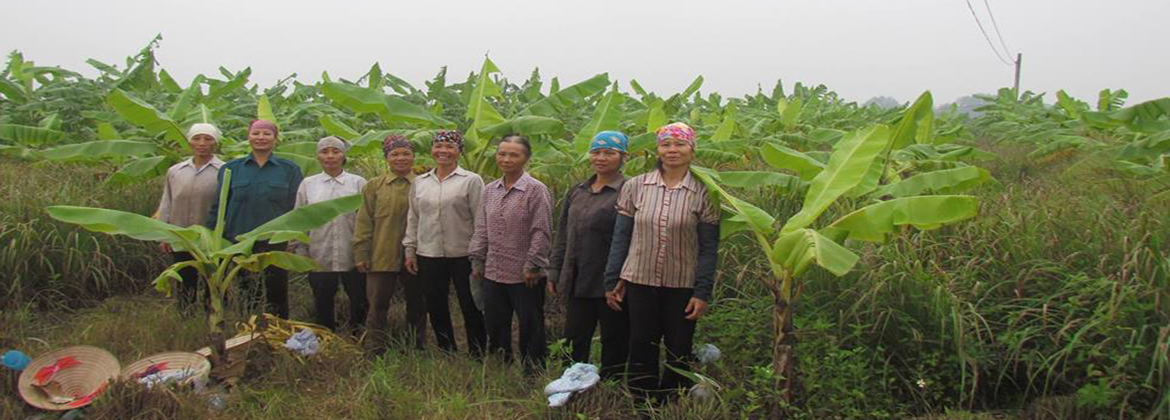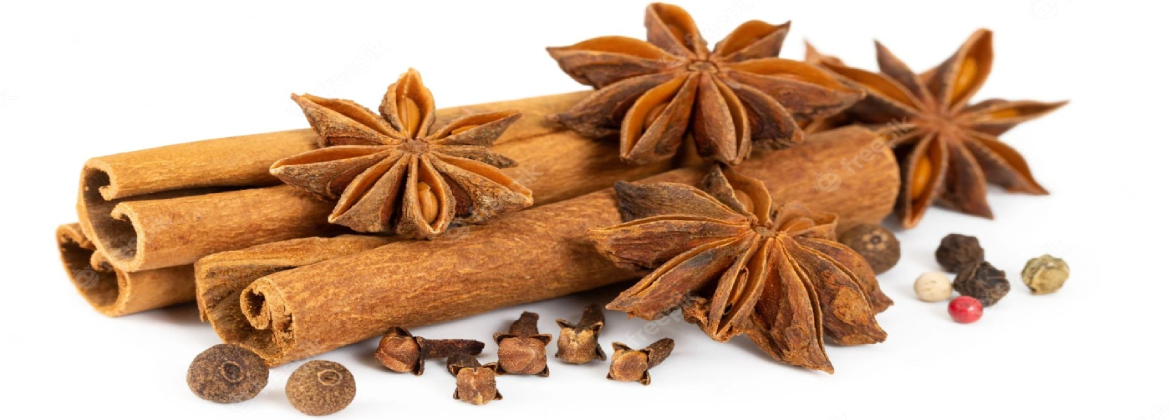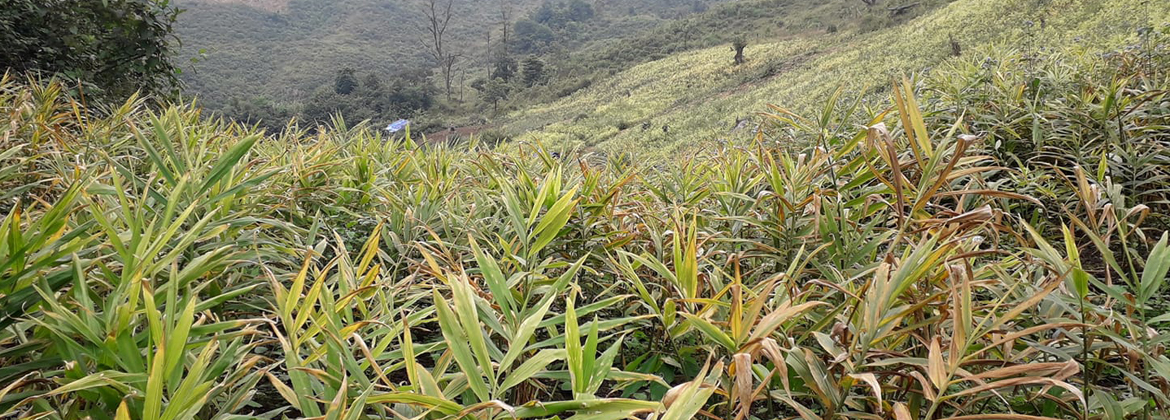news
Cassia & Star Anise Crop in Vietnam
Cassia & Star Anise Crop in Vietnam
Vietnam is one of the world’s leading producers and exporters of spices like cassia and star anise. These two spices play a crucial role in the country’s agricultural economy, providing a significant source of income for local farmers.
Cassia crop in Vietnam
Cassia is an evergreen, woody shrub native to Southeast Asia, including Vietnam, China, and India. Vietnam is one of the world’s largest producers and exporters of cassia, particularly in the northern mountainous provinces of Yen Bai, Son La, and Dien Bien.
There are two main cassia harvesting seasons in Vietnam – a spring season from March to April, and an autumn season from September to October. The spring crop typically begins in February, which is January on the lunar calendar.
This year, the output of the spring 2022 cassia crop is expected to be double that of the previous year’s spring crop. Farmers have reported a high percentage of successful fructification, and they also planned to harvest the crop earlier than usual. At the moment, the quantity of cassia being harvested by farmers is increasing rapidly.
Star Anise Crop in Vietnam
Star anise is another important spice crop in Vietnam, grown primarily in the northern provinces. The star-shaped fruit of the Illicium verum tree is the source of the distinctive licorice-like flavor and aroma. Vietnam is a major producer and exporter of star anise, meeting a significant portion of global demand.
The star anise harvest season in Vietnam runs from February to October, overlapping with both the spring and autumn cassia seasons. According to suppliers, the expected start of the 2022 star anise harvesting season is around February 10th, shortly after the Lunar New Year.
The projected output for this year’s star anise crop is planned to be between 15,000 to 17,000 tons, which would exceed the spring 2021 harvest. This estimate is based on the actual quantities reported by major exporters from the previous season.
Both cassia and star anise are important cash crops for Vietnamese farmers, contributing to the country’s agricultural exports and economic development. The annual spring and fall harvests are busy and lucrative times for producers in the northern provinces.
